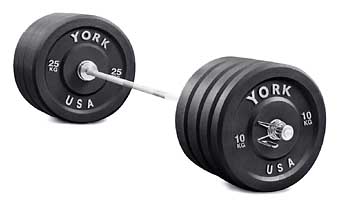|
As strength coaches we all unfortunately know for many novice athletes there has to be a feel that they are doing something new and exciting …. It has to be fresh. I’m sure everyone that has coached has experienced it too many times to count. One of your athletes comes to you and asks “what new exercises am I going to be getting in my next program”? Well we know what our answer should be, which is explaining to them that training is a process that takes time, dedication and hard work. That they must learn the basics, groove the patterns, and become efficient with the movement. Mastering the basics is what is going to lead to gaining the most strength and power gains possible. Variety comes from changing angles, sets, repetitions, time under tension, rest periods, etc. This is what every athlete should be taught when they begin a training program. Well as perfect as that sounds, it doesn’t always sound new and exciting to the athlete. The solution…a properly designed set of progressions for an exercise will make up for the variation that is desired when an athlete starts a training program for the first time. You might not be able to integrate the next progression quickly, but letting the athlete know that once they master the exercise they are working on at the moment they will get the next progression. This helps them stay focused on the task at hand. An example of a four step lunge progression would be performing a reverse lunge, forward lunge, walking lunge, and finishing the progression with the slideboard reverse lunge. The athlete gets four “different” exercises while continuing to work on the on the same movement. This is a great example because the athlete is following a proper progression that pleases the need for something new and exciting to do. Honestly it is usually the athlete that is new to training that thinks variety, as far as exercise selection goes, should be part of a training program. An intermediate or advanced athlete would look at adding variety quite differently. They think about a training program as something that is going to help them reach their goals. This will come with time for the novices that stay dedicated to the process of training. So the first thing to do is make sure that there is a proper progression, which will lead to a bit of variety for our novice trainee. It does take a little bit of creativity, but for the most part if the athlete is training hard and consistently they will be progressing to a point that the challenge of training far weights the desire for something fresh. This will lead to greater results which make both the athlete and coach happy.
0 Comments
Leave a Reply. |
Archives
July 2024
Categories
All
|
Proudly powered by Weebly


 RSS Feed
RSS Feed